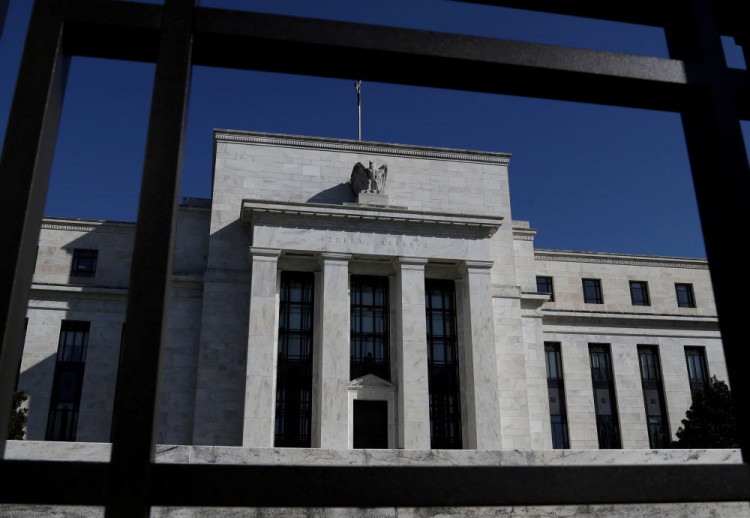The Federal Reserve is set to announce a widely anticipated interest rate cut on Thursday, a move likely to shape economic policy in the wake of Donald Trump's return to the White House. The Federal Open Market Committee (FOMC) is expected to lower the benchmark federal funds rate by 25 basis points, bringing it down to a range of 4.5% to 4.75%. This decision follows September's larger 50 basis-point cut, marking a shift as the central bank grapples with inflation, a cooling labor market, and new economic uncertainties stemming from Trump's electoral victory.
The Fed's impending announcement comes against a backdrop of mixed economic signals. Inflation, while slowing, remains above desired levels. The Commerce Department reported that the Fed's preferred gauge, the personal consumption expenditures (PCE) index, showed a year-over-year increase of 2.1% in September, a slight decline from August's 2.3%. Core PCE, excluding volatile food and energy costs, rose 2.7%, indicating that inflationary pressures have not fully abated. Moreover, October's jobs report revealed the addition of only 12,000 jobs, significantly below economists' expectations, fueling concerns about labor market softness.
Fed Chair Jerome Powell is set to hold a press conference following the policy decision, where he is expected to face questions about the central bank's plans for future rate adjustments. With Trump's presidency ushering in a new era of economic uncertainty, Powell's comments will be closely scrutinized.
Trump's return to office is already reshaping market expectations. The Republican president-elect's proposed economic agenda, which includes broad tariffs on Chinese imports and pro-growth fiscal measures, raises the specter of renewed inflationary pressures. Markets have reacted by re-evaluating future Fed moves, with the probability of another 25 basis-point cut in December decreasing from 77.3% to 67.2% following Trump's victory, according to CME FedWatch data.
"After December, we now see the Fed easing at a quarterly pace, with the next cut likely in March," said Michael Feroli, chief U.S. economist at J.P. Morgan. However, he acknowledged that the political landscape could complicate the Fed's trajectory. "At the margin, the election outcomes may have lowered the odds of a cut then by a wee amount, as the appreciation in risk assets could be a factor in the discussion."
The Fed's balancing act between managing inflation and fostering economic growth could become even more challenging under a Trump administration. Analysts warn that Trump's proposed $3 trillion in tariffs on Chinese goods-a significant escalation from the $300 billion targeted tariffs imposed during his first term-could spark an inflationary surge. While Trump's supporters argue that his past tariffs spurred investment without reigniting inflation, economic conditions have shifted, and higher tariffs could create "an acute inflationary event," according to David Seif, chief economist for developed markets at Nomura.
In contrast to Trump's first term, when inflation hovered near 2%, the current environment leaves the Fed with less room to maneuver. "Although Trump has shown a consistent preference for easy monetary policy, we believe that the Fed would engage in a less aggressive cutting cycle due to the inflationary nature of additional tariffs," analysts at Nomura wrote in a note.
The central bank's independence may also be tested. While Trump appointed Powell during his first term, he has signaled a willingness to influence Fed policy directly. "I think I have the right to say I think you should go up or down a little bit," Trump stated recently, underscoring the potential for clashes between the administration and the Fed.






